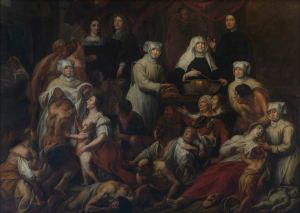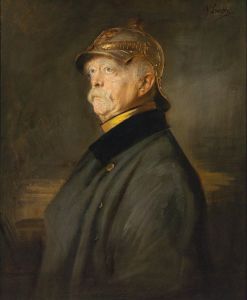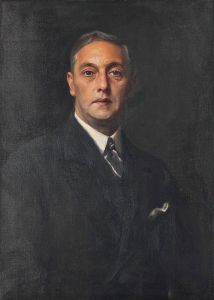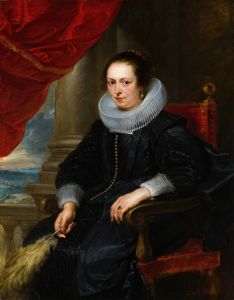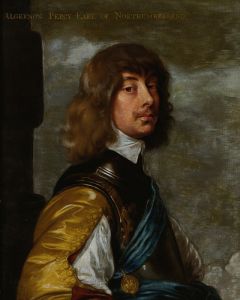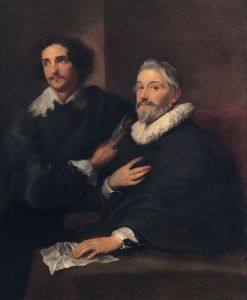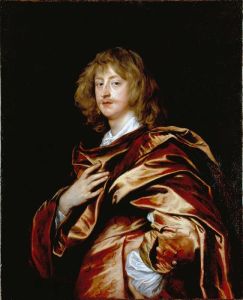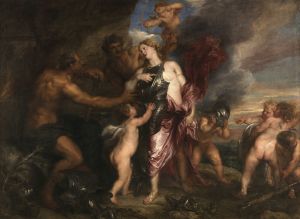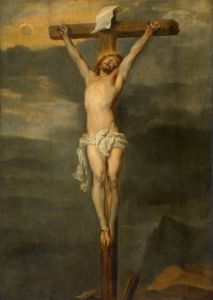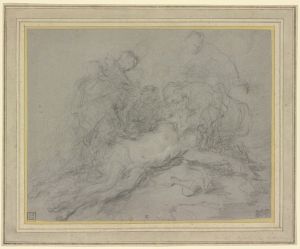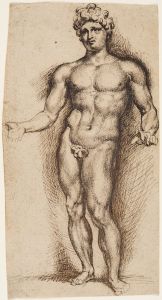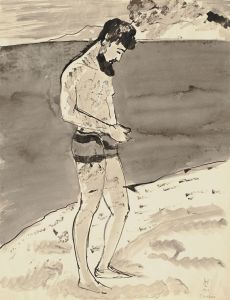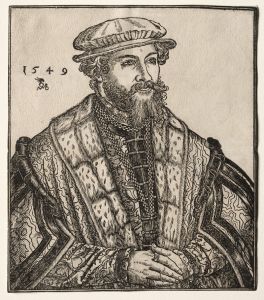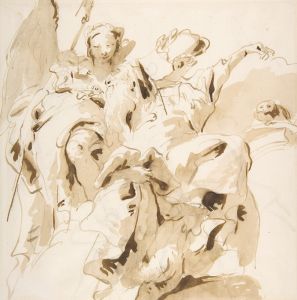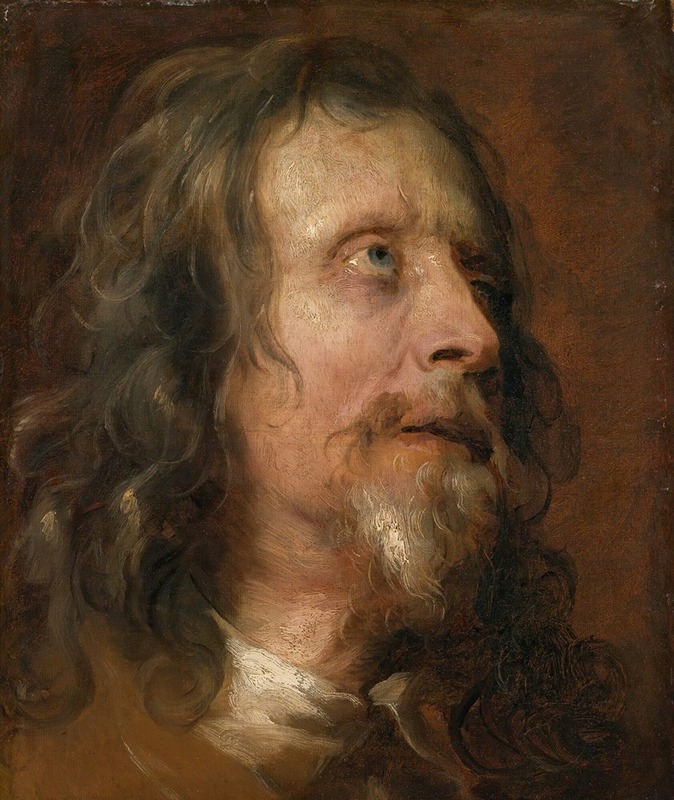
Portrait Study of a Bearded Man
A hand-painted replica of Anthony van Dyck’s masterpiece Portrait Study of a Bearded Man, meticulously crafted by professional artists to capture the true essence of the original. Each piece is created with museum-quality canvas and rare mineral pigments, carefully painted by experienced artists with delicate brushstrokes and rich, layered colors to perfectly recreate the texture of the original artwork. Unlike machine-printed reproductions, this hand-painted version brings the painting to life, infused with the artist’s emotions and skill in every stroke. Whether for personal collection or home decoration, it instantly elevates the artistic atmosphere of any space.
"Portrait Study of a Bearded Man" is an artwork attributed to the renowned Flemish Baroque artist Anthony van Dyck. Van Dyck, born in 1599 in Antwerp, was a prominent painter known for his portraits, religious, and mythological subjects. He became one of the most influential portraitists of the 17th century, particularly noted for his work in England as the principal court painter to King Charles I.
This particular work, "Portrait Study of a Bearded Man," is a testament to van Dyck's exceptional skill in capturing the human likeness and character. Although specific details about the painting's creation, such as the exact date and the identity of the sitter, are not well-documented, it is consistent with van Dyck's style and technique during his mature period. Van Dyck's portraits are characterized by their elegance, the subtlety of expression, and the sophisticated use of color and light, all of which are likely present in this study.
The painting is a study, which suggests that it was possibly a preparatory work for a larger composition or a finished portrait. Studies were commonly used by artists to experiment with poses, lighting, and expressions before committing to the final work. In this context, the "Portrait Study of a Bearded Man" would have served as a means for van Dyck to explore the nuances of the sitter's features and demeanor.
Van Dyck's influence on portrait painting was profound, and his style was emulated by many artists across Europe. His ability to convey the personality and status of his subjects through portraiture was unparalleled, and he often depicted his sitters with a sense of grace and nobility. This approach helped to elevate the status of portraiture as an art form during the Baroque period.
The "Portrait Study of a Bearded Man" is likely to exhibit van Dyck's typical use of a limited color palette, focusing on the interplay of light and shadow to create depth and realism. His brushwork would have been both precise and fluid, capturing the textures of skin, hair, and fabric with remarkable detail.
While the specific provenance of this study is not widely recorded, works by van Dyck are held in numerous prestigious collections worldwide, including the Royal Collection in the United Kingdom, the Louvre in Paris, and the Prado Museum in Madrid. His paintings continue to be studied and admired for their technical brilliance and their insight into the personalities of 17th-century European nobility and other figures.
In summary, "Portrait Study of a Bearded Man" exemplifies Anthony van Dyck's mastery in portraiture, reflecting his ability to capture the essence of his subjects with elegance and precision. Although detailed information about this specific work is limited, it remains an important piece within the context of van Dyck's oeuvre and the broader history of Baroque art.





